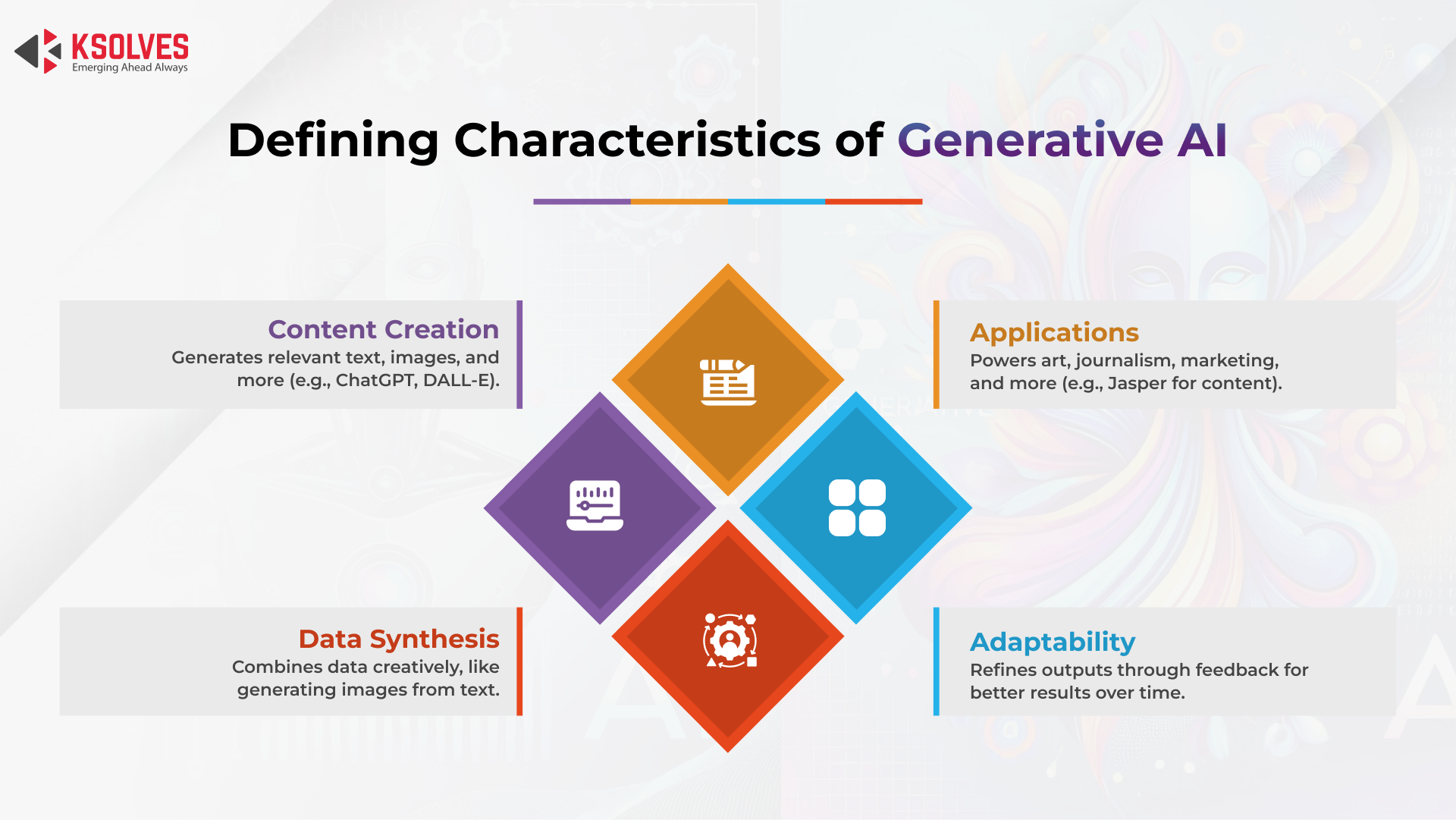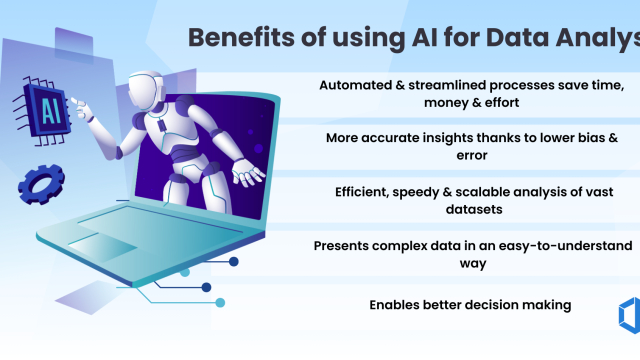The landscape of investigative journalism is undergoing a profound transformation, driven by the rapid advancements in artificial intelligence. Among these, Generative AI (GenAI) stands out as a particularly disruptive and promising technology. Capable of processing vast datasets, identifying subtle patterns, and even generating human-like text and media, GenAI offers unprecedented tools for uncovering truths and holding power accountable. However, this powerful ally also introduces a complex array of challenges, demanding careful navigation of ethical dilemmas, rigorous scrutiny of data accuracy, and a forward-thinking approach to its integration.
- Understanding Generative AI in the Journalistic Landscape
- The Transformative Power of Generative AI in Investigative Journalism
- Enhancing Data Collection and Analysis
- Accelerating Fact-Finding and Verification
- Crafting Compelling Narratives and Visualizations
- Navigating the Ethical Minefield: Key Considerations for Investigative Journalists
From automating mundane research tasks to synthesizing complex information, Generative AI promises to augment the capabilities of investigative journalists, enabling deeper dives into intricate stories and faster identification of critical leads. Yet, with this promise comes the imperative to address the inherent risks. How do we ensure that AI-generated content remains unbiased and factual? What are the implications for journalistic integrity when machines contribute to storytelling? And how can news organizations harness these innovations responsibly to serve the public interest? This comprehensive article delves into the multifaceted impact of Generative AI on investigative journalism, exploring its transformative power, the critical ethical considerations it raises, the paramount importance of data accuracy, and the exciting innovations poised to redefine the future of truth-seeking.

Understanding Generative AI in the Journalistic Landscape
Generative AI refers to a class of artificial intelligence models capable of producing novel content, including text, images, audio, and video, based on patterns learned from extensive training data. Unlike traditional AI that might classify or predict, GenAI creates. Large Language Models (LLMs) like GPT-4, image generators like DALL-E, and video synthesis tools are prime examples. These systems learn complex relationships within their training data, allowing them to respond to prompts with remarkably coherent and contextually relevant outputs.
In the broader journalistic landscape, Generative AI is already being adopted in various capacities. News organizations are experimenting with GenAI for automating routine news reports (e.g., financial summaries, sports scores), translating content, personalizing news feeds, and even generating initial drafts for articles. Its ability to quickly process and summarize information makes it an attractive tool for overcoming the sheer volume of data journalists encounter daily.
For investigative journalism, the relevance of GenAI is even more pronounced. Investigative work often involves sifting through mountains of unstructured data—public records, financial documents, social media chatter, leaked files—to uncover hidden connections, identify systemic issues, and expose wrongdoing. GenAI’s capacity for advanced pattern recognition, semantic search, and content generation offers the potential to significantly streamline these laborious processes, enabling journalists to focus on critical thinking, strategic planning, and the human element of their stories.

The Transformative Power of Generative AI in Investigative Journalism
Generative AI holds immense potential to revolutionize how investigative journalists conduct their work, offering tools that can enhance efficiency, deepen analysis, and accelerate the pursuit of truth. Its ability to handle vast amounts of data and generate insights can transform every stage of an investigation, from initial research to final presentation.
.png?width=1897&height=950&name=Benefits%20of%20AI%20for%20Data%20Analysis%20(1).png)
Enhancing Data Collection and Analysis
One of the most significant advantages of Generative AI lies in its capacity to augment data collection and analysis. Investigative journalists routinely grapple with overwhelming volumes of information, often unstructured and disparate.
- Automated Data Scraping and Structuring: GenAI models can be trained to automatically scrape data from public databases, government reports, social media platforms, and dark web forums. More importantly, they can then structure this unstructured data, identifying entities, extracting key facts, and organizing information into searchable formats that would take human journalists weeks or months to accomplish. For example, an AI could rapidly parse thousands of corporate filings to identify unusual transaction patterns or interlocking directorates.
- Identifying Patterns and Anomalies: Beyond mere organization, GenAI excels at detecting subtle patterns, correlations, and anomalies within massive datasets that might escape human observation. This could involve pinpointing unusual financial transfers in leaked banking documents, flagging inconsistencies in official statements, or identifying networks of influence within political donations. This capability allows journalists to quickly home in on potential leads and areas requiring deeper investigation.
- Summarizing Complex Documents: Investigative work often involves reviewing countless legal briefs, transcripts, scientific papers, and policy documents. Generative AI can rapidly summarize these complex texts, extracting key arguments, identifying crucial actors, and highlighting relevant sections, thereby significantly reducing the initial review time and allowing journalists to grasp the essence of a case far more quickly.
- Cross-Referencing Information: AI can be used to rapidly cross-reference claims and facts across a multitude of sources, flagging discrepancies or corroborating information. By comparing a statement made by an official with historical news archives, government records, and social media posts, AI can help identify potential inconsistencies that warrant further human investigation.
- Identifying Potential Disinformation: While GenAI can produce synthetic content, it can also be trained to identify it. AI-powered tools are emerging that can analyze media for signs of manipulation, helping journalists detect deepfakes or doctored images, thereby strengthening their ability to verify the authenticity of visual and audio evidence crucial to investigations.
- Pre-Screeening Information for Red Flags: Before a human journalist commits extensive time to a lead, AI can perform a preliminary scan for red flags. This might include checking the background of a source against public records, identifying previous controversies, or assessing the general credibility of information pathways, providing an early warning system.
- Generating Initial Drafts and Outlines: For investigations with a clear structure and a large volume of factual data, GenAI can generate initial drafts or outlines of reports. This can save significant time on repetitive or formulaic sections, allowing journalists to refine arguments, inject human insight, and focus on the narrative’s emotional impact.
- Creating Data Visualizations: AI tools can rapidly transform raw data into clear, impactful data visualizations, infographics, and charts. This makes complex information more accessible and understandable for the audience, helping to illustrate trends, connections, and magnitudes that are central to investigative stories.
- Identifying Story Angles and Audience Engagement: By analyzing historical content and audience engagement metrics, GenAI can even suggest different story angles or narrative structures that might resonate more effectively with specific target audiences, ensuring the investigative findings have maximum impact.
- Amplification of Societal Biases: An AI trained on skewed historical data might inadvertently highlight certain demographics in a negative light, overlook injustices faced by marginalized communities, or even generate content that reinforces stereotypes. For an investigative journalist, relying on such biased outputs could lead to misdirected investigations, unfair targeting, or the perpetuation of misinformation. For instance, if an AI is used to identify “suspicious” financial activities, and its training data disproportionately features certain ethnic groups or socio-economic backgrounds in fraud cases, the AI might unfairly flag individuals from those groups, distorting the investigative focus.
- Impact on Representation and Equity: The narratives generated or influenced by biased AI can significantly impact public perception and policy. Investigative journalism has a responsibility to expose inequities, not to amplify them. Journalists must rigorously audit AI outputs for bias, understand the provenance of the training data, and ensure that AI tools are used to promote fairness, not undermine it.
- Mitigation Strategies: Addressing AI bias requires multi-pronged approaches: using diverse and representative training datasets, employing AI auditing tools, and, most critically, maintaining robust human oversight to catch and correct biased outputs before they influence the investigation or public reporting

Accelerating Fact-Finding and Verification
While GenAI’s generative capabilities come with significant caveats regarding accuracy, its analytical prowess can be leveraged to accelerate initial fact-finding and support verification processes, serving as a powerful assistant rather than a definitive source.

Crafting Compelling Narratives and Visualizations
Once the facts are gathered and verified, Generative AI can assist in the crucial final stage of investigative journalism: crafting compelling narratives and visualizations that effectively communicate complex findings to the public.
Key Takeaway: Generative AI, when used judiciously, acts as a force multiplier for investigative journalists, automating tedious tasks, revealing hidden insights, and streamlining the path from raw data to impactful storytelling. It empowers journalists to tackle larger, more complex investigations with greater speed and precision.
Navigating the Ethical Minefield: Key Considerations for Investigative Journalists
The integration of Generative AI into investigative journalism, while offering unprecedented advantages, simultaneously introduces a complex web of ethical considerations. Journalists, as guardians of truth and public trust, must navigate these challenges with extreme caution and a commitment to core journalistic principles.
Bias and Fairness in AI-Generated Content
Generative AI models learn from the vast datasets they are trained on. If these datasets contain historical biases—which most do, reflecting societal inequalities—the AI will inevitably learn and perpetuate these biases in its outputs.






